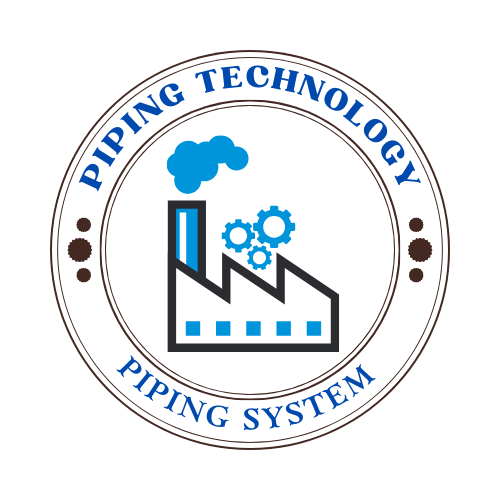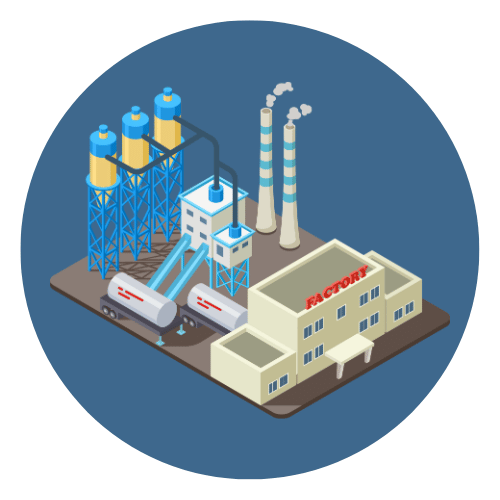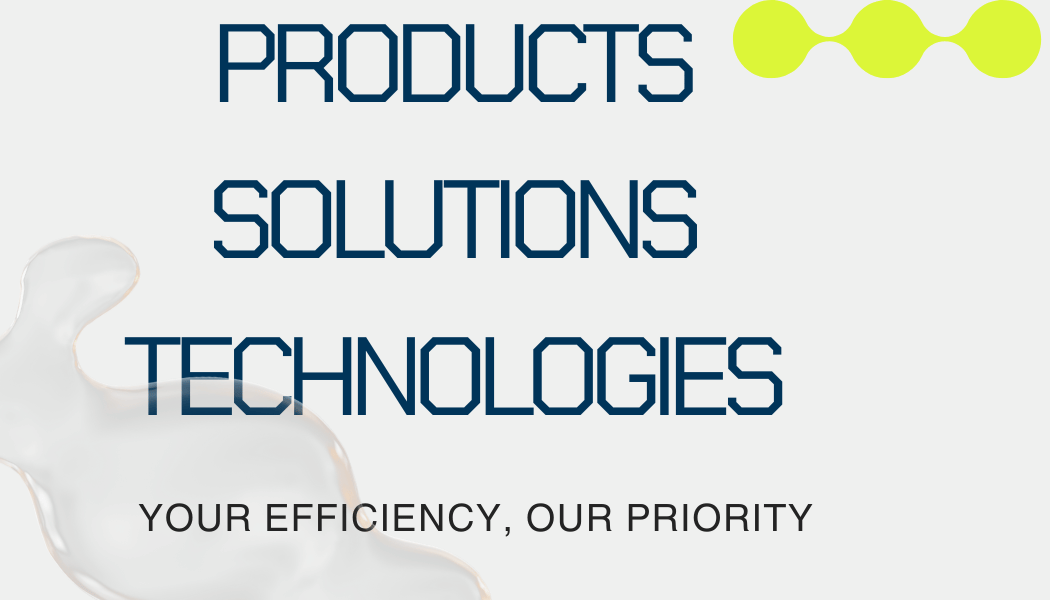Air compressor pressure switches come in various types, each designed to cater to different operating environments and requirements. Understanding the different types of pressure switches can help you choose the right one for your specific application. Here’s a closer look at the main types of pressure switches used with air compressors:
1. Mechanical Pressure Switches

Description: Mechanical pressure switches are the most common type used in air compressors. They operate using a diaphragm or piston mechanism that moves in response to changes in pressure, mechanically opening or closing an electrical contact.
Working Principle:
- These switches use a spring-loaded diaphragm or piston. When the pressure in the compressor tank changes, it causes the diaphragm or piston to move, which in turn actuates an electrical contact to either start or stop the compressor.
- The settings for cut-in and cut-out pressures are usually adjustable through screws or dials on the switch itself.
Common Uses and Advantages:
- Widely used in residential and smaller industrial compressors due to their simplicity and reliability.
- They are cost-effective and easy to maintain.
- Mechanical switches are durable and work well in a variety of environmental conditions.
2. Digital Pressure Switches
Description: Digital pressure switches represent a more modern approach to pressure control, using electronic sensors and digital displays to monitor and control pressure.
How They Differ from Mechanical Switches:
- Instead of mechanical movement, these switches use sensors to detect pressure levels and a microprocessor to control the operation of the compressor based on programmable settings.
- They provide digital readouts of pressure levels and may include features like programmable alarms for pressure variances, which are not available in mechanical models.
Benefits:
- Increased accuracy and reliability with less susceptibility to mechanical wear and environmental factors.
- They often allow for more precise control of pressure settings and may offer better energy efficiency.
- Easier integration with digital control systems, allowing for automated system monitoring and diagnostics.
3. Condor Pressure Switches
Description: Condor pressure switches are a well-known brand of mechanical switches noted for their robustness and reliability. They are specifically designed for heavy-duty applications.
Features:
- These switches often come with a built-in unloader valve and an on-off switch, which provides a convenient and safe way to manually control the compressor.
- Designed to handle higher electrical loads, making them suitable for larger industrial air compressors.
Conclusion
Choosing the right type of pressure switch depends on several factors, including the specific needs of the application, the environment in which it will operate, and the desired level of automation and control. Mechanical switches are suited for general use where simplicity and durability are priorities, while digital switches are ideal for applications requiring precise control and integration with other digital systems.
IV. Key Features of Pressure Switches


 Automation System
Automation System  Energy Engineeing
Energy Engineeing  Instrumentation System
Instrumentation System  Mechanical Engineeing
Mechanical Engineeing  Piping Technologies
Piping Technologies  Transportations
Transportations  Manufacturing
Manufacturing  Training Material
Training Material 














